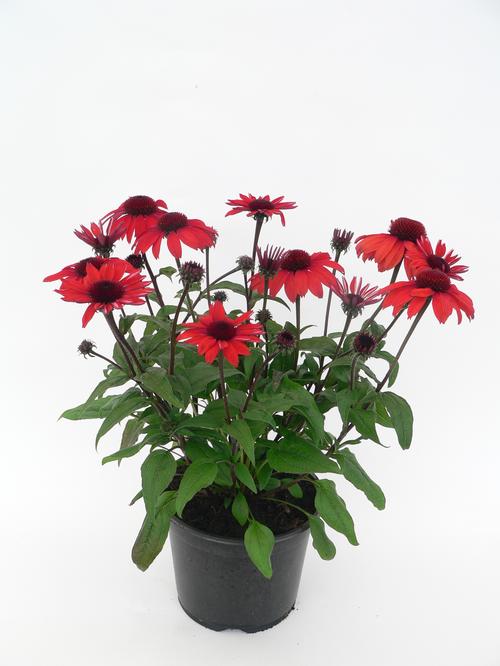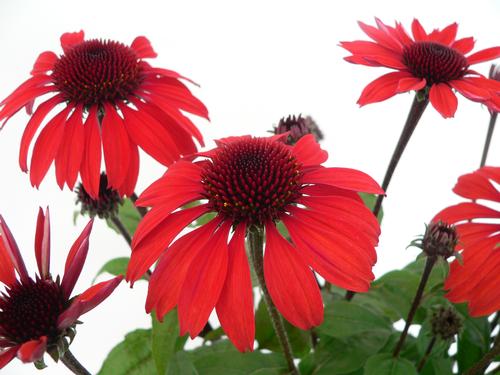Echinacea 'Panama™ Red' ppaf
Coneflower
In Stock
Deep red, daisy-like flowers with dark central cones appear earlier than other varieties and last through fall.
- · Deep red daisy-like flowers
- · Blooms earlier than other varieties
- · Everlasting flower power
| Item # | Pack | Size | Avail Units | Avail Plants | |
|---|---|---|---|---|---|
|
4519285
|
30 | 3" Plug | 3 | 90 | Login for Pricing |
Height:
12-14 in
Spread:
8-10 in
Zone:
4-9

Echinacea 'Panama™ Red'
Exposure
| • | Sun Tolerant |
Soil Moisture Needs
| • | Dry |
Nature Attraction
| • | Attracts Butterflies |
| • | Attracts Butterflies |
| • | Attracts Hummingbirds |
Critter Resistance
| • | Rabbit Resistant |
| • | Deer Resistant |
Attributes
| • | Long Blooming |
| • | Good Cut Flower / Foliage |
| • | Drought Tolerant |
| • | Mass Plant |
Season of Interest (Flowering)
| • | Summer |
| • | Late Summer |
| • | Fall |
| • | Late Summer / Early Fall |


